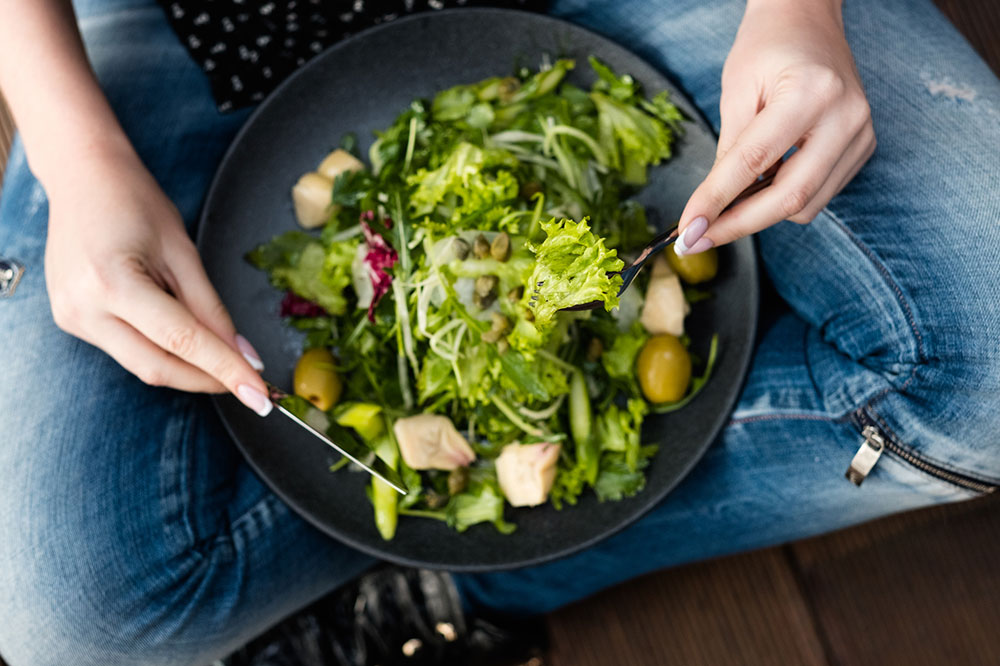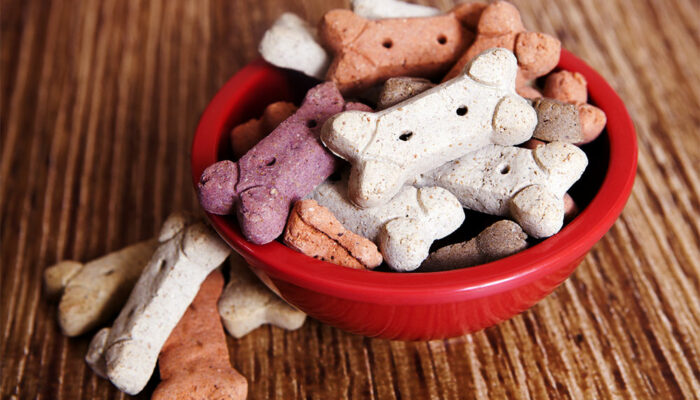
Superfoods and Eating Tips for High Cholesterol
The food we eat has an instant and direct bearing on our cholesterol levels and eating the right foods and food combinations will go a long way in lowering and keeping the cholesterol levels in check. To build a balanced diet that will keep you healthy and not constrain your eating, you can pick and choose foods from the five categories listed below.
According to the Heart Foundation, you need to pick out of the five categories below:
1. Whole grains
Add in oats, millets, wheat, brown rice, quinoa, and similar whole grains, along with a larger amount of vegetables and fruits.
2. Healthy protein
Best sources include fish, seafood, legumes (lentils and beans), seeds, and nuts. You can add in eggs and lean poultry in smaller amounts to make your diet a heart-healthy one. Limit the intake of red meat to not more than three times a week.
3. Low-fat foods
Pick reduced-fat varieties of food in the likes of unflavored milk, cheese, and yogurt.
4. Natural fats
The best sources of fat are avocados, olives, nuts, and seeds. Choose cooking oils from this category of foods for better health.
5. Natural herbs and spices
Skip the salt and add herbs and spices to draw out the flavor in your cooking.
Here is a list of simple dietary tips for patients with high cholesterol:
1. Stop eating out
Limit to a maximum of once a week for eating outside food.
2. Watch your intake
Stay away from salty, sugary, and fatty foods. This includes munching on snacks as well. Add in about five servings of vegetables in a day, where one serving is equal to about ½ a cup of vegetables. Skip on refined flours and pick wholegrain foods – be it pasta, noodles, rice, or cereal. Ideally, you need to add a minimum of seven eggs for a week.
3. Choose natural foods
Choose to eat plain and unsalted fresh fruits and nuts. The recommended intake of fresh fruits is at least two servings a day. Add in legumes such as lentils, chickpeas, and split peas. The best beans that you can add to your diet include kidney beans, baked beans, and haricot beans. This should be added at least twice a week, and if you are buying canned products, ensure that you pick one with low levels of sodium or salt.
4. Cook or dress with vegetable-based oils
The best oils to use for cooking includes – olive, sesame, sunflower, soybean, peanut, and canola oils. Leave the fatty salad dressing out and pick healthier options containing the above-mentioned oils.
It is not just about eating the right foods; you also should ensure to eat the right quantity and not binge. Portion sizes play a major role in helping you balance the food right and not put it at any risk for obesity or cardiovascular diseases. The perfectly balanced plate for reducing cholesterol is ¼ servings of protein and carbohydrates and ½ servings of vegetables. You can add more to the plate by focusing on adding only those ingredients that are required for your age and size, as well as specific nutritional requirements.



